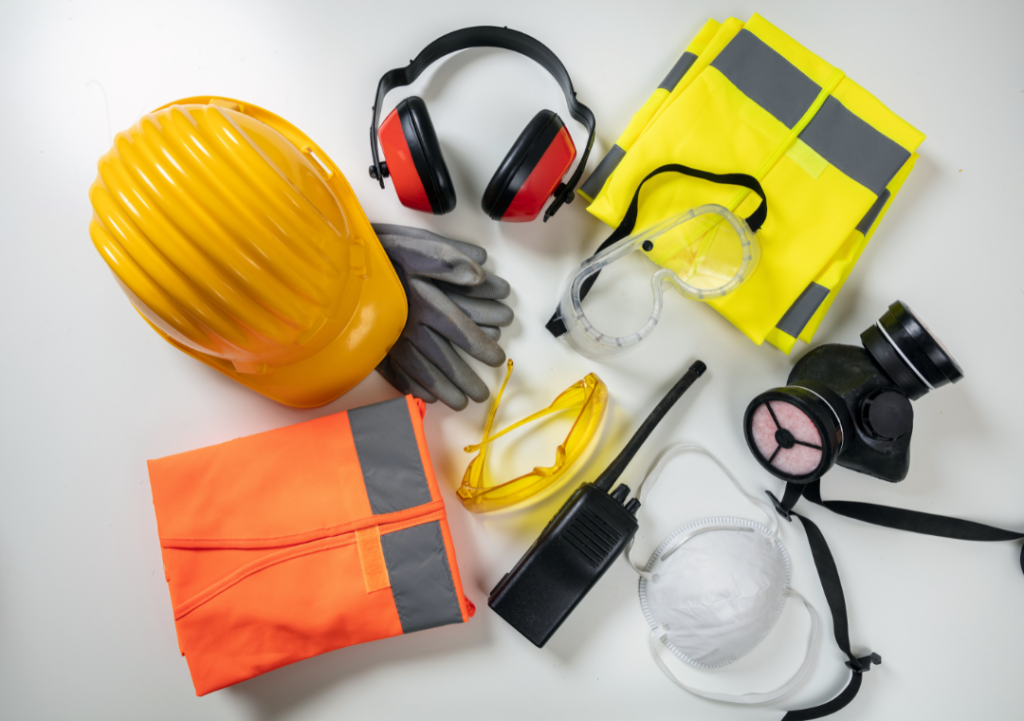Before 1919, there were no “hard” hats for those working in construction, mining, or other jobs requiring protective headgear today. In fact, protective headgear wasn’t required until the early 1970s, almost 51 years after the hard hat was created.
Lt. Edward Wheatley Bullard of the US Calvary in WWI is to thank for this industrial safety movement. He recognized the importance of head protection and became inspired after climbing out of the French trenches.
The inspiration came from the metal helmets worn by doughboys to deflect bullets. Before hard hats, miners and construction workers wore leather hats that did not do much in the way of protection. Bullard invented the first “Hard Boiled” Hat which he marketed towards miners – an occupation he was well acquainted with due to the nature of his family’s equipment supply business.
As a surprisingly user-focused inventor, he recognized that miners could not afford the metal hats worn by doughboys and sought to find an alternative that still supplied the same amount of protection. The metal hat was also a lot heavier than his Hard Boiled one which would create issues with fatigue. Using steamed canvas, leather, glue, an elementary suspension, and black paint shellacked on the hat, the first Hard Boiled Hat was born.
In the 1930’s during the construction of the Golden Gate Bridge, the design was altered slightly to help reinforce against falling rivets. It was also the first designated construction area that required the use of hard hats – a very progressive safety move at the time.
Today, OSHA requires, in 29 CFR 1910.135, that if the following hazardous conditions are present, then head protection must be worn:
- Objects might fall from above and strike employees on the head
- There is potential for employees to bump their heads against fixed objects, such as exposed pipes or beams
- There is a possibility of accidental head contact with electrical hazards



